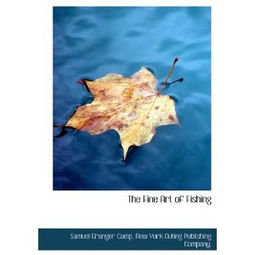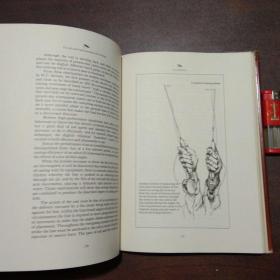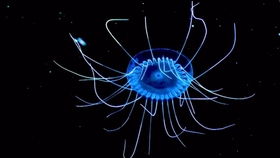Fishing at the lake can be a serene and rewarding experience, especially for those new to the hobby. Whether you're looking to unwind on a weekend or pursue the thrill of catching your first fish, mastering the basics of lake fishing can significantly enhance your enjoyment. Here's a comprehensive guide to help新手 anglers (novice anglers) develop their skills and increase their chances of success.

Understanding the Basics
Before you cast your line, it's crucial to understand the basics of lake fishing. Here's a rundown of the key elements you need to know:
Choosing the Right Equipment
- Rod and Reel: For beginners, a medium-action rod with a spinning reel is usually the best choice. It provides a good balance of sensitivity and power.
- Line: Use a monofilament line with a breaking strength that matches the type of fish you're targeting. A line too thin may break, while one too thick may spook the fish.
- Hooks: The size of the hook should correspond to the size of the bait you're using. For smaller fish, use smaller hooks; for larger fish, use larger hooks.
Locating Fish
- Shallow Water: Fish often congregate in shallow water during the morning and evening. Try casting in these areas to catch early risers or late-night feeders.
- Deep Water: During the heat of the day, fish may seek cooler waters found in deeper parts of the lake. Trolling or bottom fishing can be effective in these areas.
- Structure: Look for submerged structures like rocks, logs, and weed beds, as these can provide excellent habitats for fish.
Bait and Lures
- Natural Bait: Live bait like worms, minnows, or leeches can be highly effective. However, they require more preparation and maintenance.
- Artificial Lures: Soft plastics, spinners, and crankbaits are popular choices for beginners. They're easy to use and come in a variety of colors and sizes.
Techniques for Beginners
Now that you have a basic understanding of the equipment and fish behavior, let's delve into some fishing techniques tailored for beginners:
Casting
- Practice: Spend time practicing your casting technique on land before you get to the lake. This will help you develop a consistent cast.
- Distance: Aim for a distance that allows you to reach the target area without spooking the fish.
- Accuracy: Focus on casting directly at your target rather than just throwing the bait in the general vicinity.
Lure Presentation
- Motion: When using artificial lures, the key is to mimic the natural movement of the fish's prey. Experiment with different retrieves to see what works best.
- Color: Choose lures that match the color of the water and the prey that fish are likely to be feeding on.
Patience
- Wait: Fish may not bite immediately. Be patient and wait for the right moment to set the hook.
- Adjust: If you're not getting bites, try changing your bait, lure, or location.
Tips for Success
Here are some additional tips to help you improve your chances of catching fish:
- Weather: Fish are less active during extreme weather conditions. Try to fish on overcast days or during the cooler parts of the day.
- Tide: If you're fishing in a saltwater lake, pay attention to the tide schedule. Fish are more active during the incoming and outgoing tides.
- Season: Different seasons bring different fish activity patterns. Research the fish species you're targeting and their seasonal habits.
- Safety: Always wear a life jacket, especially if you're not a strong swimmer or if you're fishing from a boat.
- Conservation: Be mindful of the fish you catch. Release fish that are too small or not of legal size to ensure the sustainability of the fishery.
Conclusion
Fishing at the lake can be a fulfilling activity for beginners and seasoned anglers alike. By understanding the basics, practicing your skills, and applying the right techniques, you'll be well on your way to becoming a successful lake fisherman. Remember, the key to success is patience, practice, and a willingness to learn. Happy fishing!












